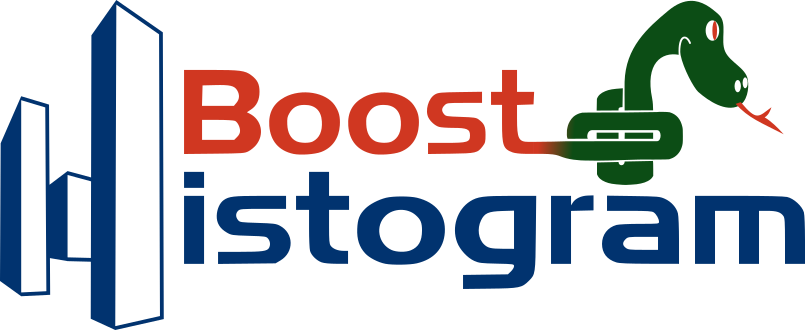
I am pleased to announce the release of pybind11 2.6.0! This is the largest release since 2.2 (released over three years ago). I would like to highlight some of the key changes below; be sure to check out the changelog and upgrade guide for more information! The focus of this release was stability, packaging, and supporting more platforms, though there are a lot of small features and useful additions, covered by newly expanded docs.
[Read More]